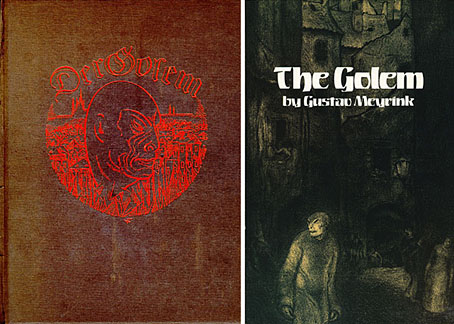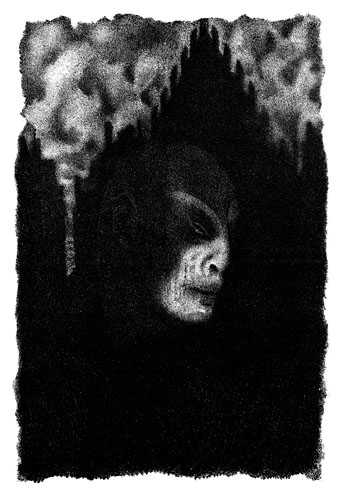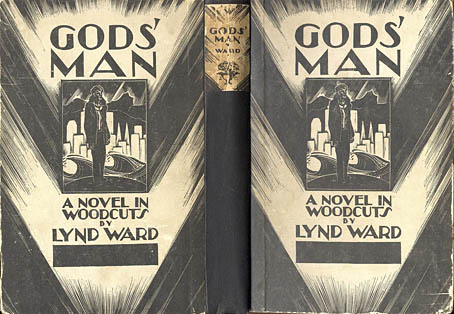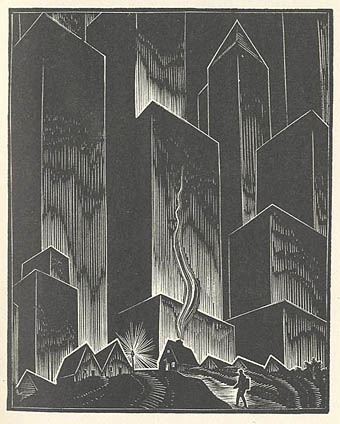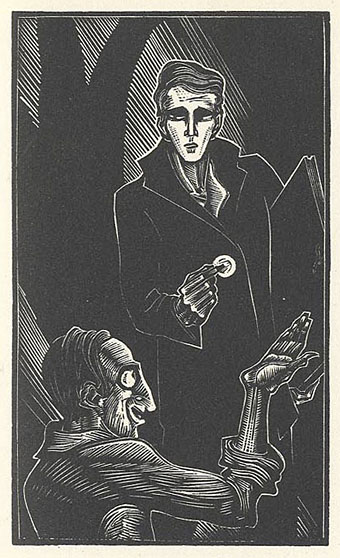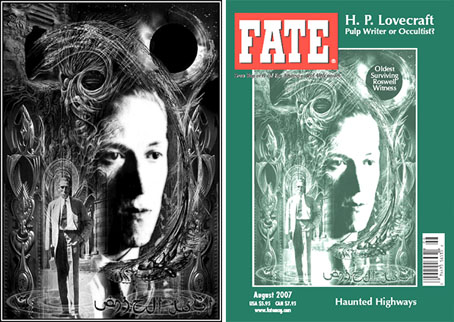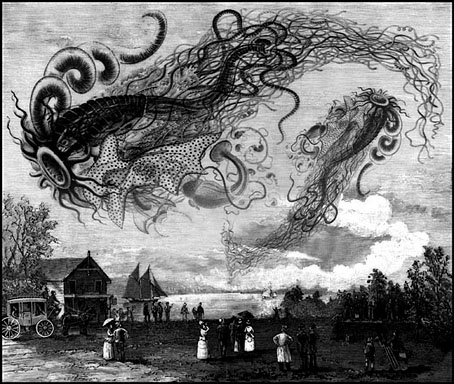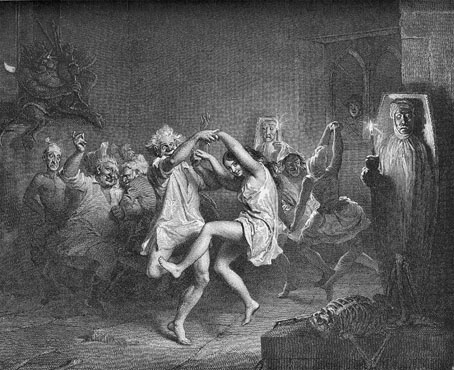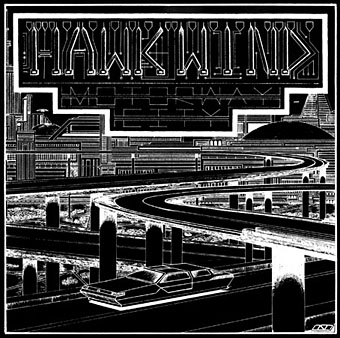Der Golem, first edition (1915) and Dover reprint (1986).
Illustrations by Hugo Steiner-Prag.
Before leaving Prague (for the time being), it’s worth mentioning the lithograph illustrations by Hugo Steiner-Prag (1880–1945) for Gustav Meyrink’s The Golem. These atmospheric drawings always remind me of the production sketches Albin Grau created for Murnau’s Nosferatu, eine Symphonie des Grauens in 1922. Grau was an occultist as well as a horror aficionado and would certainly have read Meyrink’s book which was a Europe-wide bestseller when first published. The success of the novel inspired Paul Wegener’s first Golem film (now lost) which in turn helped fuel the demand for horror films that led eventually to Nosferatu.

Nosferatu poster by Albin Grau (1922).
There’s little of Steiner-Prag’s work available on the web but the Dover paperback above contains all the illustrations. The novel has been re-translated recently but I’ve yet to read one of the more recent editions to see how it compares with Dover’s 1928 Madge Pemberton version.
The Golem by Hugo Steiner-Prag (1915).
Elsewhere on { feuilleton }
• The illustrators archive
Previously on { feuilleton }
• Nosferatu
• Barta’s Golem

